Military designers who glorified Russia
Initially in Russia fire weapon (both manual and artillery) was called the same - pishchal. A significant difference in the design of hand and artillery pischale arose with the appearance of wick locks at the end of the 15th century. From the 16th century, hand-squeaks with a wheel-flint fuse, which were in service with Russian troops until the 18th century, are known.
In 1856, in Russia, rifle received the official name - a rifle. In the same year, the first Russian six-line (15,24 mm) rifle was adopted. But practice has shown the advantages of small-caliber rifles. Therefore, in 1868, a small-caliber rifle was adopted by the Russian army. It was developed by Russian military engineers A.P. Gorlov and K.I. Ginius with the assistance of the American colonel X. Berdan. In America, rifle rightly called "Russian rifle."
Patriarchs of the national shooting business were S.I. Mosin, N.M. Filatov, V.G. Fedorov. It was they who brought up such well-known gunsmith designers as PM. Goryunov, V.A. Degtyarev, M.T. Kalashnikov, I.U. Roschepey, S.G. Simonov, F.V. Tokarev, G.S. Shpagin and others
Sergey Ivanovich Mosin was the author of the famous 1891 three-line rifle. For the creation of a rifle, distinguished by excellent tactical and technical characteristics, Mosin was awarded the Great Mikhailovsky Prize - the most prestigious award for inventions in the field of artillery and weapons business. Mosinskaya three-line rifle for Russian inventors became the foundation of research in the field of automatic small arms.
One of the talented creators of domestic weapons YA.U. Grove made the first sample of the rifle, "from which you can shoot automatically."
The upgraded Mosin rifle was put into service in the 1930 year. Based on it, the designers developed a sniper version and a carbine, which had the same design principles as the 1891 / 1930 rifle. Only in 1944, the production of the Mosin rifle was discontinued. Thus, more than 16 years passed from the first sample made at the Tula 1891 Arms Factory of April 50 of the year to the last. This longevity did not know any one of the small arms in the world.
But the life of the three-lane did not end there either. After World War II, the designers of sports weapons, using the excellent tactical and technical capabilities of the trilinea, created the small-caliber rifle MC-12 and an arbitrary, caliber 7,62 mm rifle MC-13. These models have become one of the best world models and allowed our athletes to win the highest awards at the Olympics, world championships and other major competitions.
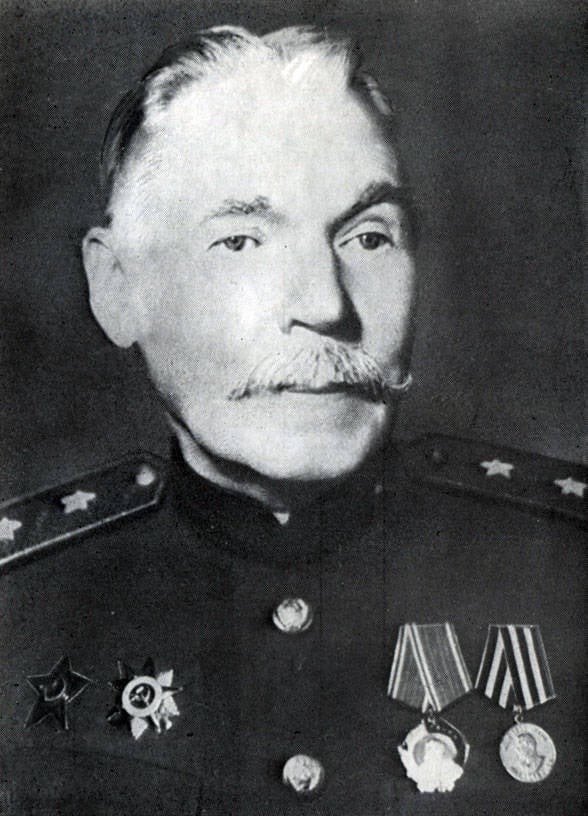
VG Fedorov was an outstanding developer of domestic automatic weapons. In the spring of the 1911 of the year, Fedorov’s automatic rifle passed the first test, and in the summer of the 1912 of the year passed the ground tests. At the same time, a well-proven rifle F.V. Tokarev. Together with domestic systems, eight foreign samples were tested, but none of them was evaluated positively. It was a big victory for the Russian school of gunsmiths-machine gunners. But with the start of World War I, the government decided to stop the development of automatic rifles. It was only in 1916 that they managed to arm a special unit with machine guns and send it to the front. It was the first in stories war division of machine gunners. At that time not a single army of the world had them. At the end of the war, Fedorov's automatic systems began to arm herself. aviation.
One of the disciples and associates of Fedorov was V.A. Degtyarev. In 1927, the Red Army adopted a machine gun, which had a DP mark - “Degtyarev, infantry”. After that, Degtyarev began to work on the creation of a domestic machine gun for aviation. In March 1928, the aircraft machine gun Degtyarev was accepted for mass production and replaced the British Lewis machine guns in Soviet aviation.
Degtyarev worked closely with other talented designers - G.S. Shpagin and P.M. Goryunov. The result of their cooperation was a whole series of machine guns. In 1939, the 12,7-mm heavy machine gun of the 1938 model of the DShK (Degtyarev-Shpagin, large-caliber) entered service. At first it was intended for infantry, but then found application in other branches of the military. Punching armor to 15 mm, DShK was an effective tool in the fight against enemy aircraft.
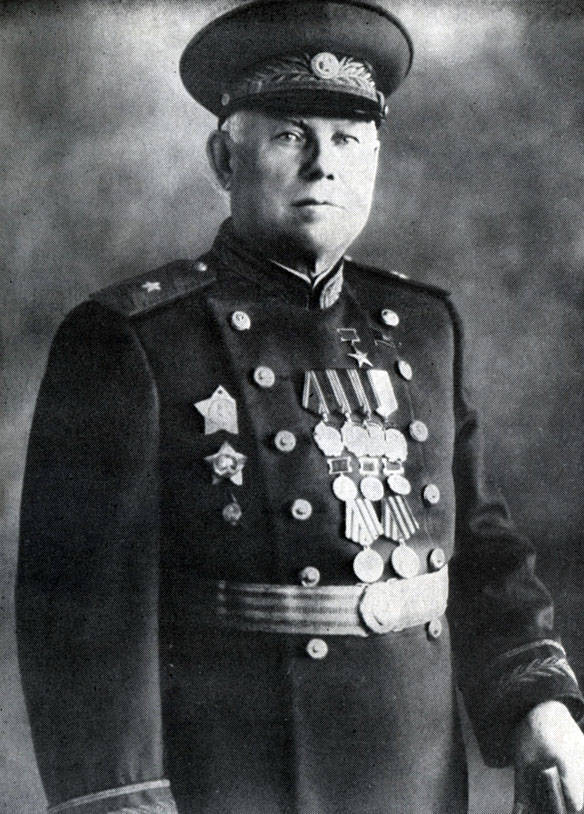
When the Great Patriotic War began, Degtyarev was the seventh dozen. But the designer sought to help the war veterans with the creation of new weapons. Because the enemy was strong tanksthen effective means of dealing with them were urgently needed.
In a very short time, two prototypes of anti-tank guns were prepared - Degtyarev and Simonov. Simonovskiy gun had the advantage in the rate of fire, Degtyarevskoe - in weight and convenience of action. Both guns had good fighting qualities and were adopted.
The cooperation of V.A. Degtyarev with PM Goryunov. The young designer created a machine gun that surpassed the machine gun of the Degtyarev system and was recommended by a special commission for adoption. For Vasily Alekseevich, this was a surprise and a serious moral test, but when asked what machine gun to use, Degtyarev did not hesitate to say that the machine gun of the Goryunov system should be adopted. The eminent designer in this case showed a true nobility and a truly state approach.
In May 1943, the new machine gun was adopted under the name "7,62-mm machine gun Goryunova system sample 1943 of the year (SG-43)". The front-line soldiers immediately appreciated the high maneuverability of the weapon, the simplicity of its design, the reliability and reliability, the relatively light weight, and the preparation for firing, which was simpler than the Maxim.
The experience of the combat use of the easel machine gun of the Goryunov system, his remarkable fighting qualities attracted the attention of designers of tank weapons. Soon it was decided to use the machine gun on medium tanks and armored personnel carriers.
Premature death did not allow the talented designer to realize many plans. State Prize P.M. Goryunov was awarded posthumously.
F.V. was also a talented and original designer. Tokarev. The "Patriarch of Russian Weapons" successfully competed with foreign designers - Browning, Mauser, Colt, Nagant and others. Tokarev created around 150 various types of weapons. He is one of those who stood at the origins of domestic automatic weapons. For the first time with an automatic weapon Tokarev met in 1907 year. A year later, he led an automatic fire from a rifle of his own design. In 1913, the Tokarev rifle passed regular tests, ahead of the best foreign samples of Browning and Shegren.
In Soviet times, Tokarev perfected the “Maxim” of the 1910 model of the year, designed several types of aviation machine guns. The great merit of the designer is the creation in the pre-war years of a TT pistol.
But the main achievement in the creative life of Tokarev is an automatic rifle. In May 1938, Tokarev presented his, as he thought, the best of the 17 rifles he had created. As a result of tests, his rifle showed high quality and was put into service under the name "7,62-mm self-loading rifle of the Tokarev system of the 1938 model of the year (SVT-38)". Over its creation, the designer worked for 30 for years. On the basis of this rifle in the same year, Tokarev developed a sniper rifle with an optical sight.
The creation of GS The spines of the famous submachine gun (PPSH-41) were preceded by long-term work on many automatic weapon systems jointly with V.G. Fedorov and V.A. Degtyarev. This was an important stage in the development of the future designer. PPSh had indisputable advantages over existing samples. The first batch of machine guns was tested at the front, directly in combat. The results exceeded all expectations. The commanders asked for faster mass production of Shpagin machines.
The simplicity of the device and the manufacturing technology of automata allowed already in 1941, when part of the military factories were dismantled and transferred to the east, to expand their production in small enterprises and even in workshops. PPSH deprived the enemy of the advantages over our army in automatic small arms.
Significant contribution to the improvement of domestic small arms made A.I. Soudaev. The world famous MT Kalashnikov considers the Sudayev submachine gun (PPS) "the best submachine gun from the period of the Second World War." No sample could compare with it in terms of simplicity of the device, reliability, reliability in operation, ease of operation. Soudaevskoe weapons were very much loved by paratroopers, tankers, scouts, skiers. For the manufacture of PPS required two times less metal and three times less time than for PCA.
In the front ranks of the armored designers A.I. Sudayev appeared unexpectedly and quickly. Already at the beginning of World War II, he developed a draft of a simplified anti-aircraft installation, and then began working on the creation of a submachine gun. The officer achieved that he was sent to besieged Leningrad and there directly took part in organizing the production of weapons.
The whole world knows the automata of Doctor of Technical Sciences, Lieutenant-General Mikhail Timofeevich Kalashnikov (1919). It differs in ease, compactness, reliability, grace.
His first sample, Senior Sergeant M.T. Kalashnikov did in the locomotive depot, in which he worked before the war, and at that time was on leave after a severe injury and contusion. At the beginning of the war, Mikhail Timofeevich was a tank driver and saw that the tank driver, having jumped out of the wrecked car, no longer participated in the battle. Obvious was the need for arming the crews of tanks with compact, convenient automatic weapons.
In the spring of 1942, the prototype was ready. However, the automaton-made automaton was rejected "for lack of advantages over existing samples." But the commission noted the uncommon abilities of the senior sergeant who had set a goal: the machine should certainly be much better than all existing samples.
Regular testing of new machines took place in the traditionally harsh conditions. Competitors, one after another "went the distance", unable to withstand the most difficult tests. The Kalashnikov assault rifle withstood everything, was recognized as the best and was put into service under the name "7,62-mm Kalashnikov assault rifle of the 1947 model". Kalashnikov also owns the 7,62-mm design of a single machine gun for a rifle cartridge (1961). In the future, a team of designers under the leadership of Kalashnikov created a number of modifications to the models of automatic small arms. The 7,62-mm modernized machine gun (AKM), 7,62-mm light machine gun (PKK) and their versions were adopted. In 1974, AK-74 and AKS-74 submachine guns were created, RPK-74 and RPX-74 light machine guns were made under the 5,45-mm cartridge. For the first time in world practice, a series of unified models of small arms, identical in principle of operation and a single scheme of automation, appeared. The weapons created by Kalashnikov are distinguished by simplicity of design, high reliability and efficiency, they are used in armies of more than 50 countries.
Russian artillery has a remarkable history., whose appearance is associated with the name of Grand Duke Dmitry Donskoy (1350-1389). It was during his birth that the cannon-and-foundry business originated.
Russian artillery developed quickly and independently. This is confirmed by its number. By the end of the XIV century in Russia there were up to 4 thousands of artillery shells.
In the middle of the XV century, under Ivan III, "cannon huts" appeared, and in 1488 - 1489, the Cannon Yard was built in Moscow. In the workshops of the Cannon Yard, Andrei Chokhov, in 1586, cast the largest caliber cannon in the world, its weight - 40 tons, caliber - 890 mm. Currently, it is located on the territory of the Moscow Kremlin. The cannon yard was rich in talents and other foundry workers. Whole "cannon" dynasties and schools appeared. On the 1491 squeak of the year, it was cast that made it "Yakovlev students Vanya da Vasyuk." Ignaty, Stepan Petrov, Bogdan Fifth and others are famous for their success.
At the beginning of the XVII century, Russian craftsmen made a three-inch bronze pishchal with grooves in the barrel channel. It was the first rifle in the world, with 200 and more than years ahead of the development of artillery equipment in other countries. Other evidence has come down to our time that advanced technical ideas existed in the Russian artillery of that period. Foreigners knew about this and sought to get samples of Russian weapons.
After the Northern War, the head of the Russian artillery Ya.V. Bruce wrote to Peter I: "The British are terribly Siberian guns loved ... and ask for a single cannon for the sample."
The developed industrial base and talent of domestic designers allowed Peter I to create artillery, which throughout the XVIII century remained the most numerous and technically perfect artillery in the world. A great contribution to the development of domestic artillery was made by the famous Russian mechanic AK. Nartov, who in the second quarter of the 18th century created special machines and tools for the production of artillery guns, was the first in the world to offer an optical sight. However, the most famous invention of A.K. Nartova was a 44-barrel round-robin battery. The 44 bronze mortars, divided into 8 sectors along 5-6 trunks in each, were placed on a wheel-shaped machine. The design allowed firing from all mortars of the sector at the same time. Then the machine was turned, fired from another sector, and at that time it was possible to reload from the opposite side.
Peter Ivanovich Shuvalov (1710-1762) made a major contribution to the development of Russian artillery. Under his leadership, the Russian artillery officers M. Danilov, M. Zhukov, M. Martynov, I. Meller, M. Rozhnov in 1757-1759. developed several samples of smooth-bore howitzers for firing with planking and hanging fire. These guns depicting a mythical beast with a horn in their forehead were called the "unicorn". Light and maneuverable guns fired with grapeshot, cores, explosive grenades, incendiary projectiles at a distance of up to 4 km. After Russia, unicorns were adopted first by France, then by other European countries, and held on arms for more than 100 years. Russian artillery already in those days accompanied the infantry in battle and fired at their own battle formations.
A great contribution to the improvement of artillery and pyrotechnics was made by Mikhail Vasilyevich Danilov (1722 - 1790). He invented the 3-pound cannon with two barrels, called "twins". He prepared and published the first Russian artillery course, as well as a guide for preparing fireworks and illuminations, in which he gave brief information on the history of pyrotechnics in Russia.
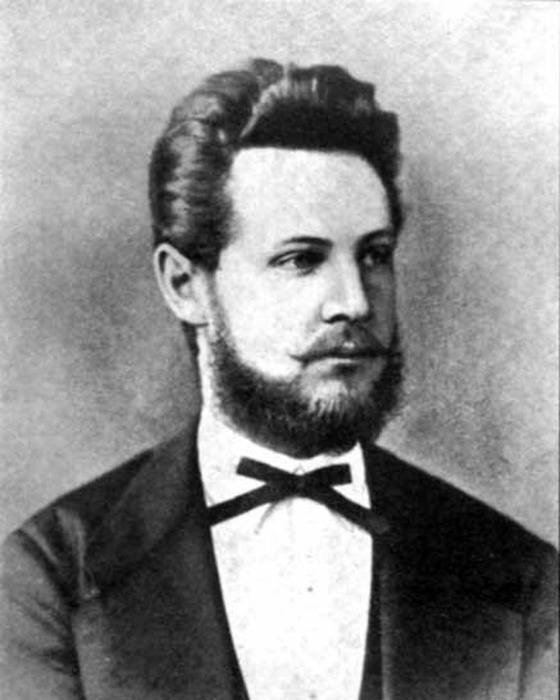
In 1872-1877 engineer artilleryman V.S. Baranovsky created the first rapid-fire artillery gun and applied cartridge loading on it. Unfortunately, the talented designer tragically died during artillery tests. None of the foreign guns could not beat the domestic three-inch gun model 1902, created by the ideas of Baranovsky professor Mikhailovsky Artillery Academy N. And. Zabudskim.
Russian engineers showed great skill in creating powerful shells. So, high-explosive grenade V.I. Rdultovsky appeared in artillery in 1908 year and under the name "old high-explosive grenade" lived to the Great Patriotic War.
The "god of war" was called artillery in the years of the Great Patriotic War. Before the war, the Soviet designers of artillery systems created powerful and perfect tools and mortars. 76-mm gun designed by VG Grabina, Hitler’s artillery consultant, Professor Wolf, considered “the best 76-mm gun of the Second World War” and one “of the most ingenious constructions in the history of the barrel artillery”. Under the leadership of Grabin, before the war, the 57-mm anti-tank gun, which had no equal, was built, as well as a powerful 100-mm anti-tank gun. During the war years, the XFUMX-mm howitzer designed by F.F. Petrova.
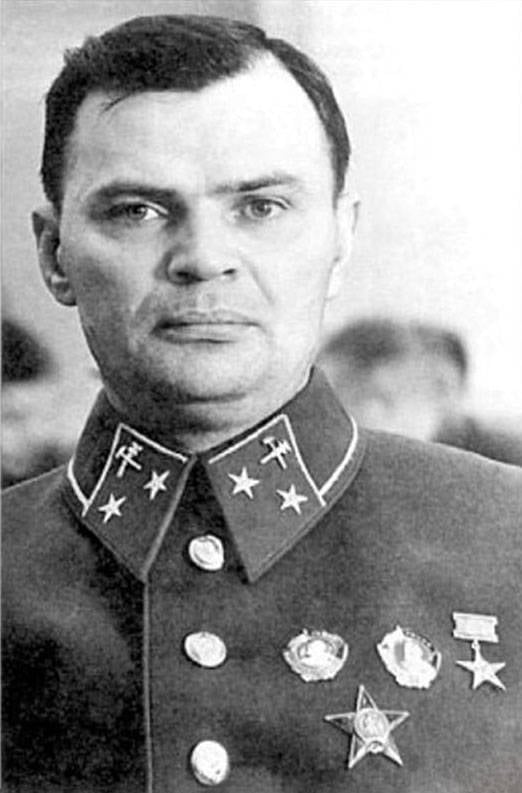
In 1943, about half of all the artillery of the Red Army accounted for mortars. Many of them were developed under the guidance of B.I. Shavyrina. These are 50-mm company, 82-mm battalion, 120-mm regimental mortars. In October 1944, the 240-mm mortar appeared. In creating such powerful mortars, Germany lagged behind the USSR. Only in the 1942 year, using the drawings captured at one of the factories in Ukraine, did the German engineers set up production of 122-mm mortars, which were an exact copy of the Soviet ones.
From the second half of the 17th century, rockets began to be used in Russia. At the end of the 17th century, the young tsar Peter was engaged in the production of rockets. They founded a special "rocket institution", where Peter himself made and launched rockets, invented compositions of "fire shells". Peter’s signal rocket existed in the army for almost a century and a half. In subsequent years, the rocket business in Russia is constantly being improved: new rocket shells and launchers are being created, the basics of rocket firing are being developed. The initiator of these cases was Alexander Dmitrievich Zasyadko. Work Zasyadko successfully continued Konstantin Ivanovich Konstantinov. The missiles of his construction were used in the Crimean (Eastern) War of 1853-1856.
Subsequently, the domestic jet systems were continued in the famous "Katyushas" and other multiple launch rocket systems. Domestic scientists N.I. Tikhomirov and V.A. Artemyev. Back in 1912, N.I. Tikhomirov proposed to use a rocket for military ships. On the basis of the Tikhomirov-Artemyev group and the Moscow group for the study of jet propulsion (GIRD), a reactive research institute was established in 1933. Already in 1939, rocket weapons were first used in the form of aircraft missiles. In 1938, the institute began to develop an installation designed for 24 projectile caliber 132 mm.
21 June 1941 of the year, literally one day before the start of World War II, ground-based rocket launchers were demonstrated to the Government Commission. After the demonstration, it was decided to immediately mass production of installations and rockets. Less than a month later, on July 14, 1941, the baptism of a new weapon took place - the famous Katyushas - under Orsha. Terrible weapon was used by the battery of captain I.A. Flerov.
After the war, our scientists I.V. Kurchatov, MB Keldysh, A.D. Sakharov, Yu.B. Khariton and others created atomic weapons, and long-bomber divisions were formed to deliver them. So ended the US monopoly on this type of weapon.
1959 is born Strategic Missile Forces (RVSN). The creators of intercontinental ballistic missiles, liquid jet engines, control devices and sophisticated ground equipment for them were academicians S.P. Korolev, V.P. Glushko, V.N. Chelomey, N.A. Pilyugin, V.P. Makeev, M.F. Reshetnev, V.P. Barmin, AM Isaev, M.K. Yangel and others.
Thanks to their talent and dedication in their work, launch complexes for medium and short-range ballistic missiles, the Proton rocket and the Energia-Buran universal space system were created, intercontinental rockets (P-16, P-7 and P-9) and medium-range missiles (P-12, P-14).
A new stage in the technical equipment of the Strategic Missile Forces is associated with the creation and launching of the RS-16, PC-18, PC-20 rocket systems on combat duty. In these rocket systems, our designers used fundamentally new technical solutions that made it possible to increase the effectiveness of the combat use of the missiles and increase their protection against enemy strikes.
The situation and level of development of military affairs led to the creation of military space forces. Our scientists and designers have developed a unique military-space system that has made it possible to multiply increase the effectiveness of the actions of various combat arms and types of weapons. Our military satellites are constantly in space, with the help of which reconnaissance, communications and command and control of troops are conducted, the location of ships, aircraft, mobile missile launchers is determined, weapons are aimed at targets, and other tasks are being solved.
The history of creation and improvement is very interesting and dynamic. tanks, which began in our country. In May 1915, the tracked vehicle of the Russian designer A. Porokhovshchikov, armed with two machine guns placed in a rotating turret, was tested at the test site. So a fundamentally new type of weapon appeared - the tank. Since then, the world has not stopped intense rivalry for the creation of the best armored combat vehicle, the enhancement of its combat properties - firepower, mobility, security.
Soviet designers M.I. Koshkin, N.A. Kucherenko and A.A. Morozov created the medium tank T-34, which became the most massive armored vehicle in the world - more than 52 thousands were produced. This is the only machine that went through the whole of the Second World War without significant constructive changes - it was so brilliantly conceived and executed.
The American military historian M. Kaidin wrote: "The T-34 tank was created by people who managed to see the battlefield of the middle of the 20th century better than anyone else in the West could have done." Since December, the 1943-mm cannon was installed on the T-34 of 85, and its armor-piercing projectile pierced 1000 mm thick armor from a 100 meter distance, and 500-mm armor was successfully pierced from the 138 meter from a distance of X-mmX "and" panthers ".
Together with the T-34, our heavy tanks KV and IS, created under the guidance of J.Ya., successfully acted against the enemy. Kotin and N.L. Spirit.
Currently, measures are being taken to replace the existing T-72 and T-80 tanks with a unified and more advanced T-90 model. The new machine has an optical-electronic suppression system, a complex that allows firing a guided missile to a range of 5 kilometers on the move, a backup fire control system from the crew commander.
The achievements of domestic scientists and designers in the field of shipbuilding. In the mid-19th century, the transition from the construction of wooden sailing ships to steam-powered ships began around the world, and ships made of metal appeared. Domestic Navy becomes armored.
History has left us the names of the most famous shipbuilders, ahead of their time. Particularly interesting is the fate of Peter Akindinovich Titov, who became the chief engineer of the largest shipbuilding society and did not even have a certificate of graduation from a rural school. The famous Soviet shipbuilder Academician A.N. Krylov considered himself a student of Titov.
In 1834, when the fleet did not have a single metal ship, a submarine made of metal was built at the Aleksandrovsky Foundry. Her armament consisted of a pole with a harpoon, a powder mine and four launchers for launching missiles.
In 1904, according to the project of I.G. Bubnova, the famous builder of the battleships, began the construction of submarines. Created by our masters boats "Shark" and "Bars" turned out to be more sophisticated than submarines of all countries that fought during the First World War.
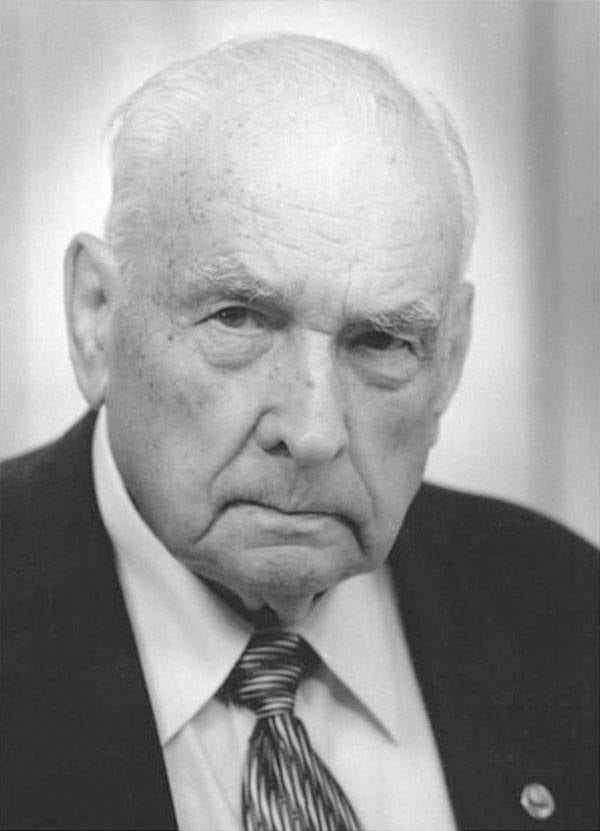
An important role in improving the domestic underwater fleet played by the Soviet shipbuilder and inventor, Doctor of Technical Sciences, academician of the USSR Academy of Sciences Sergey Nikitich Kovalev (1919). Since 1955, he worked as the chief designer of the Leningrad Central Design Bureau Rubin. Kovalev is the author of over 100 scientific papers and many inventions. Under his leadership, nuclear missile submarines were created, known abroad under the code "Yankee", "Delta" and "Typhoon".
The Russian fleet is far ahead of foreign fleets in the development of mine weapons. Effective mines were developed by our compatriots I.I. Fitztum, P.L. Shilling, B.S. Jacobson, N.N. Azarov. Anti-submarine bomb created our scientist B.Yu. Averkiev.
In 1913, Russian designer D.P. Grigorovich built the world's first seaplane. Since then, the domestic Navy has been working on equipping ships as carriers of naval aviation. Created in the Black Sea, air transport, which could take up to seven seaplanes, participated in hostilities during the First World War.
A prominent representative of the domestic shipbuilders is Boris Izrailevich Kupensky (1916-1982). He was the chief designer of the Gornostay (1954-1958) patrol ships, the first anti-submarine ships in the Soviet Navy with anti-aircraft missile systems and the gas-turbine all-mode power plant (1962-1967), the first combat naval ship in the Soviet Navy power plant and the head in a series of atomic missile cruisers "Kirov" (1968-1982) with a powerful attack and anti-aircraft weapons, almost unlimited navigation range.
In no area of domestic design thought are there so many illustrious minds as in aircraft industry. OK. Antonov, A.A. Arkhangelsk, R.L. Bartini, R.A. Belyakov, V.F. Bolkhovitinov, D.P. Grigorovich, M.I. Gurevich, S.V. Ilyushin, N.I. Kamov, S.A. Lavochkin, A.I. Mikoyan, M.L. Mil, V.M. Myasishchev, V.M. Petlyakov, I.I. Sikorsky, P.S. Sukhoi, A.A. Tupolev, A.S. Yakovlev and others created models of airplanes and helicopters that have been in serial production for several years, and many technical solutions found by them are still used in the design of modern aircraft.
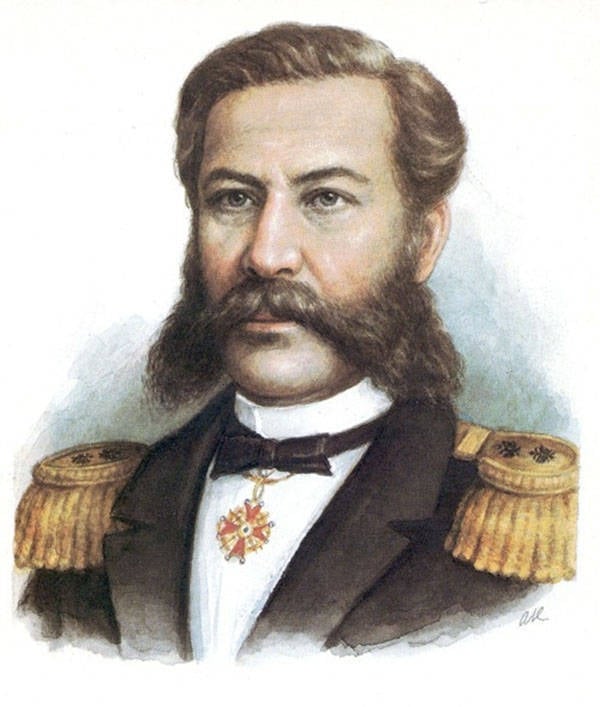
The original innovator was the designer A.F. Mozhaisky, 10-15 years ahead of foreign competitors. Mozhaisky created a working model of the aircraft, which in 1877 was presented to the aeronautics commission. The Russian inventor not only showed in the details of the design of the future apparatus, but also demonstrated all the elements of the flight: take-off, take-off, flight and landing. Subsequently, the captain Mozhaisky created a life-size aircraft, but the commission gave a negative opinion on the Mozhaisk airplane and recommended that he abandon the creation of a fixed-wing aircraft and build it "on the model of birds with flapping wings", with which the designer did not agree. The first unsuccessful flight tests did not stop the officer, and he persistently improved the airplane until his death (spring 1890 of the year).
One of the first Russian aviation designers who glorified Russian science and technology was Ya.M. Gakkel (1874-1945). Between 1908 and 1912 years, he designed 15 airplanes of various types and purposes. At the same time, he continuously improved the quality of machines, their flight data.
A landmark event in the history of aviation occurred 13 May 1913 year near St. Petersburg. Igor Ivanovich Sikorsky (1880-1992) took off an unprecedented aircraft of his own design. Its weight was four times the weight of the largest by that time airplane. In terms of load capacity, the new machine could be compared only with the largest airships of that time. This truly revolutionary aircraft was the "Russian Knight".
Abroad for a long time they could not believe that the Russian aircraft designer succeeded in what was considered impossible in the West. In the 1912-1914 years, under the leadership of Sikorsky, the Grand and Ilya Muromets planes were also created, which were distinguished by their long range and marked the beginning of multi-engine aircraft.
Of great importance in the history of aviation was the creation under the leadership of Andrei Nikolaevich Tupolev (1888-1972) of the world's largest passenger aircraft ANT-20 "Maxim Gorky" (1934), as well as medium and heavy bombers, torpedo bombers and reconnaissance aircraft. Together with N.E. Zhukovsky, he took an active part in organizing the Central Aerohydrodynamic Institute (TsAGI). Under his leadership, more than 100 of various types of aircraft have been designed and built, of which 70 has been introduced into mass production. Aircraft TB-1, TB-3, SB, TB-7, MTB-2, Tu-2 and torpedo boats G-4, G-5 were used during World War II. In the postwar years, under the leadership of Tupolev, a whole range of aircraft was created for the Soviet Army and Navy, civil aviation, including the first Soviet jet bombers Tu-12 (1947), Tu-16; the first jet passenger plane Tu-104 (1954); the first turboprop intercontinental passenger liner Tu-114 (1957) and the subsequent Tu-124, Tu-134, Tu-154, as well as a number of supersonic aircraft, including the passenger Tu-144.
Tupolev educated many aircraft designers, around which independent KB subsequently developed: V.M. Petlyakova, P.O. Sukhoi, V.M. Myasishchev, A.A. Arkhangelsk and others.
An outstanding contribution to the development of domestic aviation was made by the designers A.S. Yakovlev, S.A. Lavochkin, A.I. Mikoyan, S.V. Ilyushin and G.M. Beriev. In a very short time they were headed by design bureaus, new fighters, bombers, attack aircraft were designed, tested and put into mass production, flying boats and ship planes were built.
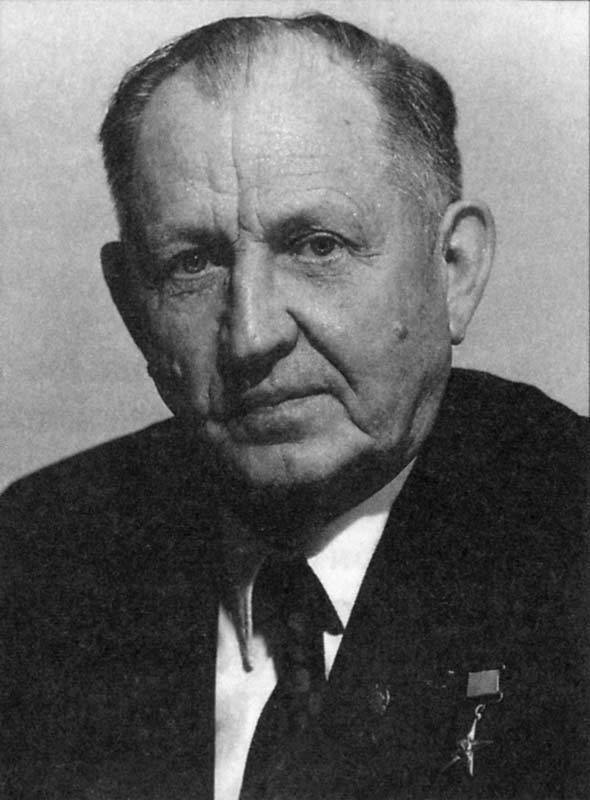
Pavel Osipovich Sukhoi (1895-1975) was a talented aircraft designer. Under his leadership, more than 50 aircraft designs were created, many of which were distinguished by high flight-technical and combat characteristics. The multi-purpose aircraft of its design (Su-2) was successfully used during the Great Patriotic War. In 1942-1943, he created an armored attack aircraft Su-6. Sukhoi is also one of the founders of Soviet jet and supersonic aircraft. In the post-war years, Su-9, Su-10, Su-15 and other jets were developed in KB under his leadership, and in 1955-1956 years - supersonic jets with a swept and delta wing (Su-7б, etc.). On the Sukhoi design aircraft, the 2 world altitude record (1959 and 1962 years) and the 2 world record of airspeed on a closed route (1960 and 1962 years) are set.
In the coming years, the Su-24M front-line bomber will be replaced by the unprecedented Su-34 multi-purpose bomber. Its main purpose is to defeat highly protected point targets at any time of the day and in all weather conditions.
The talent and asceticism of our scientists and designers allow us to have such models of weapons, which no army of the world has. So, only Russia has an ekranoplan. The general designer of the first WIG is R.E. Alekseev. At the end of the 40-s he created a hydrofoil torpedo boat with a speed unprecedented for those times - 140 km / h and high seaworthy qualities. The "Rocket" and "Meteora" that appeared later were the brainchild of a military scientist.
In the West, they also designed ekranoplanes, but after a series of failures they turned down the work. In our country, ekranoplans were created in various versions: shock, anti-submarine, rescue. An ekranoplan with a displacement of more than 500 tons and a speed of 400-500 km / h was experienced by the general designer himself. The unique equipment is capable not only to carry out landing for military purposes, but also to carry out peaceful passenger, cargo transportation, to conduct rescue and research work.
The Ka-50 anti-tank helicopter, called the Black Shark, is also unique. Since 1982, this fighting machine has repeatedly won various competitions, has amazed professionals at various exhibitions.
The helicopter has powerful weapons. It is equipped with NURS units, ATVM "Whirlwind" launchers with laser guidance, an 30 caliber gun with 500 rounds of ammunition. The missiles are launched from 8-10 kilometers, that is, outside the zone of the enemy's air defense system. The ejection seat of the pilot and the preliminary shooting of the blades of the helicopter provide for the rescue of the pilot in the entire range of speeds and heights, including zero ones.
The Russian land at all times was rich in talents, we showed the world of Mendeleev and Korolev, Popov and Kalashnikov. The list of outstanding domestic military designers can be continued for a very long time. The sword of the Russian army was forged by the labor and intellect of many hundreds and thousands of our compatriots.
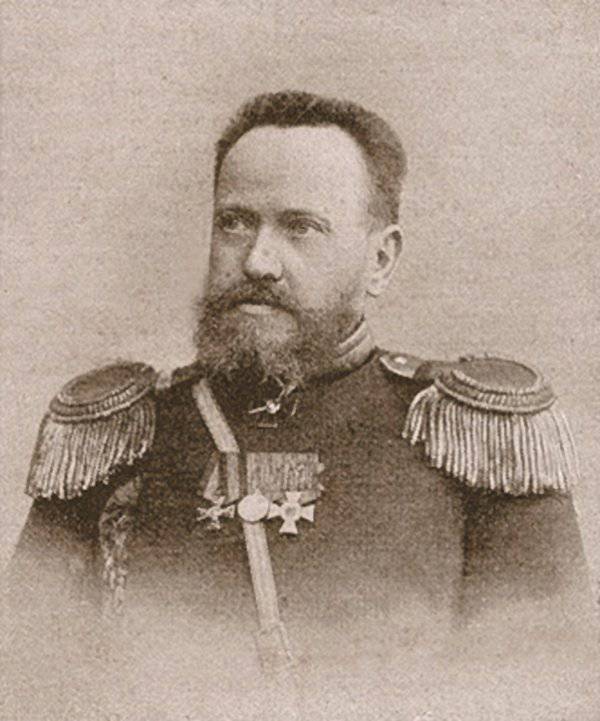
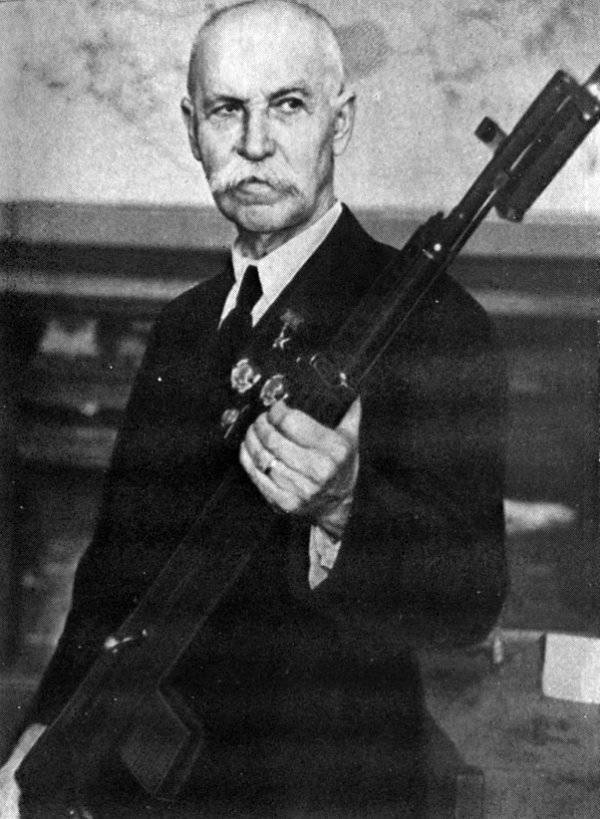
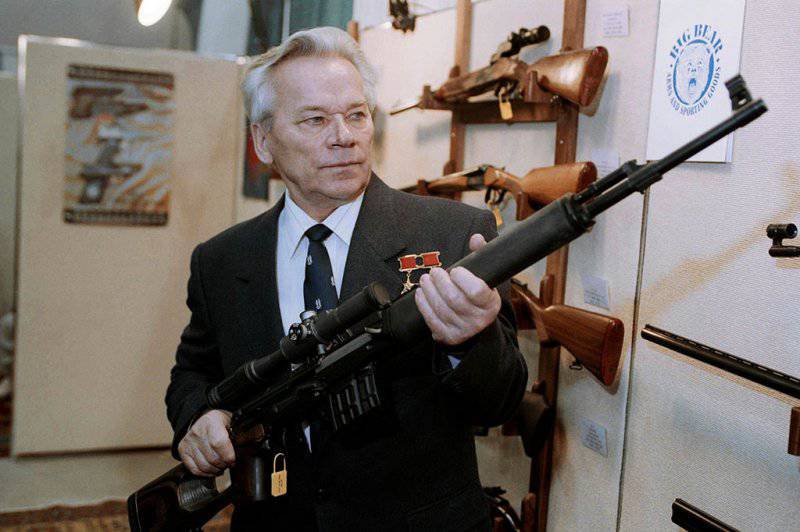
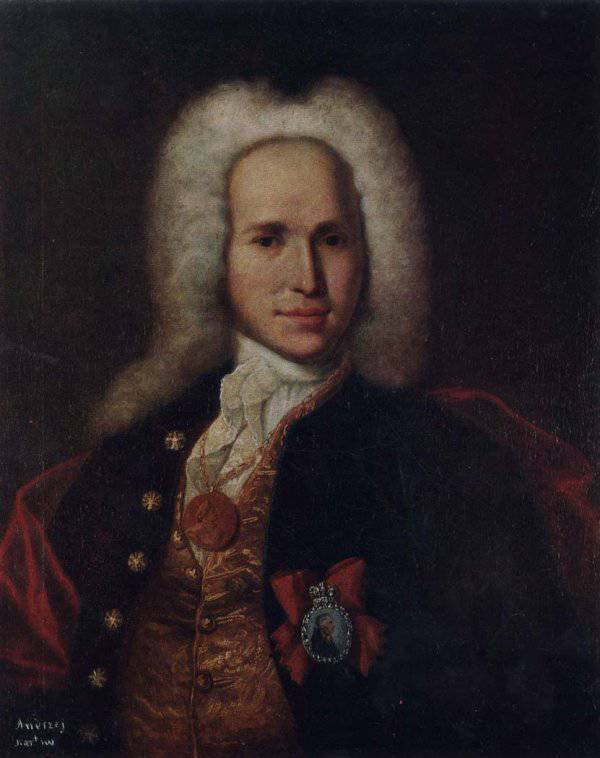
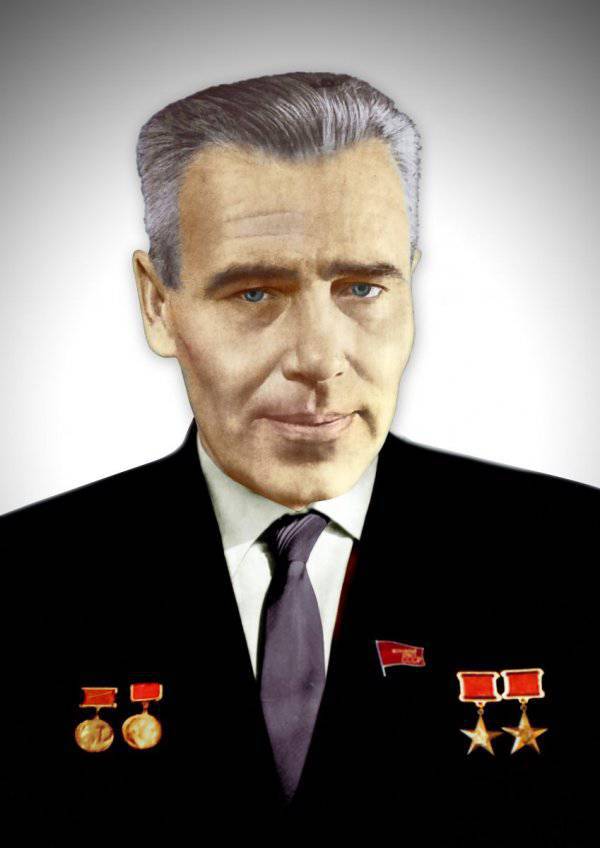
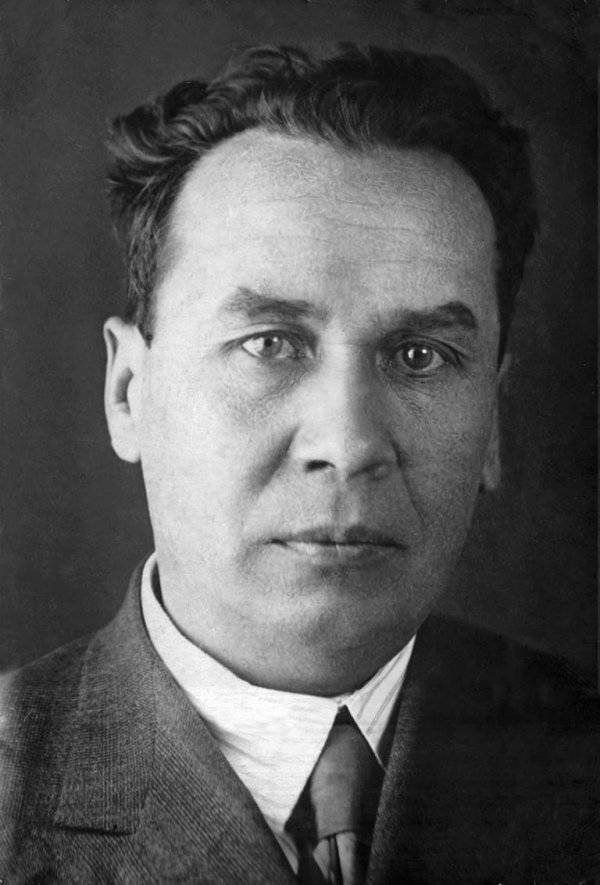
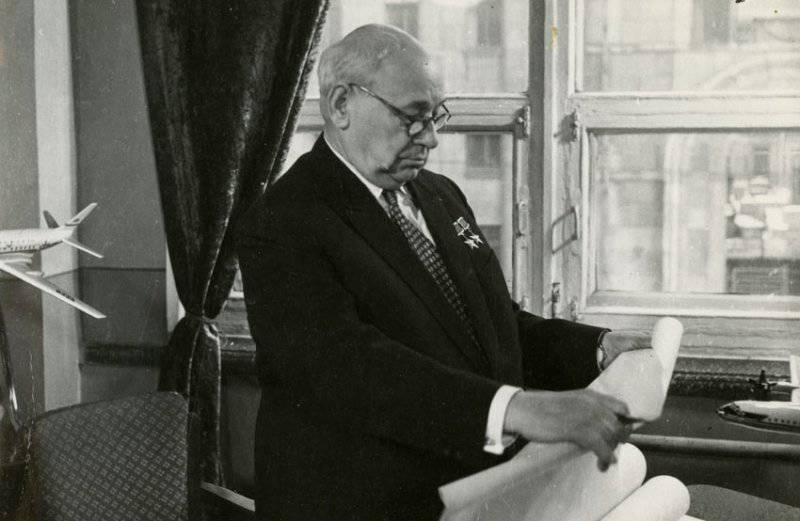
Information